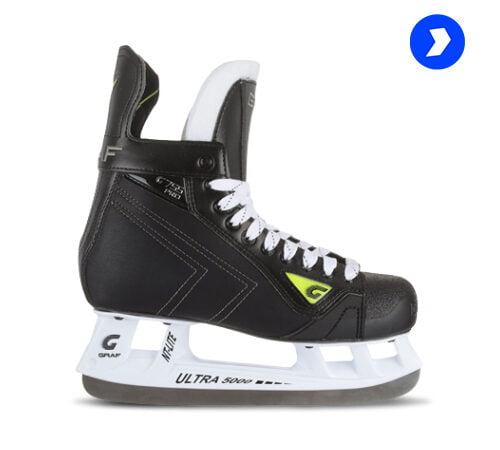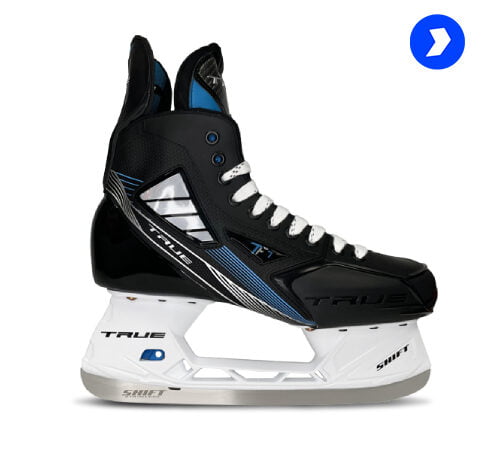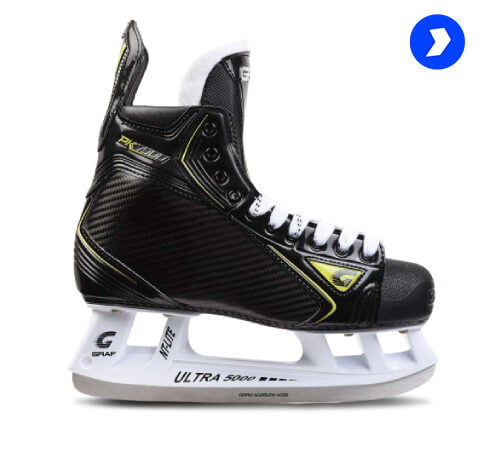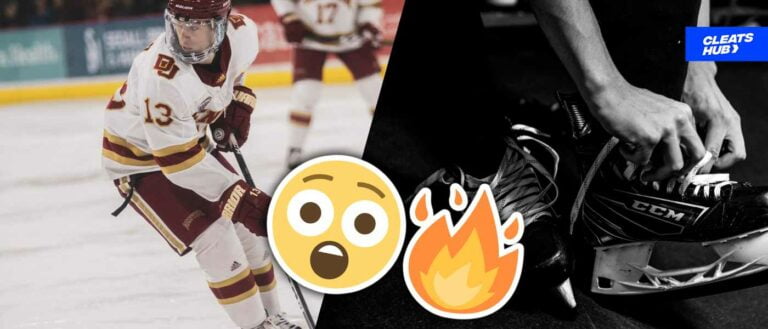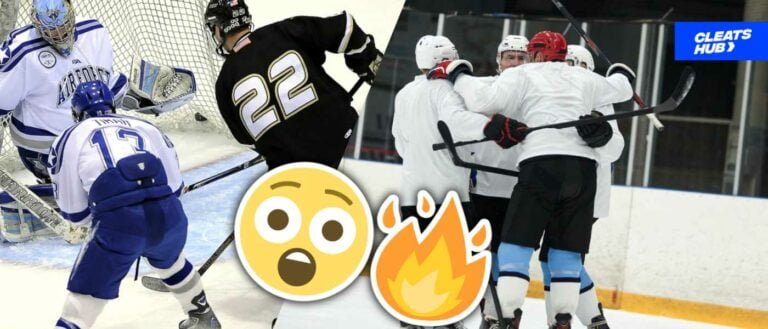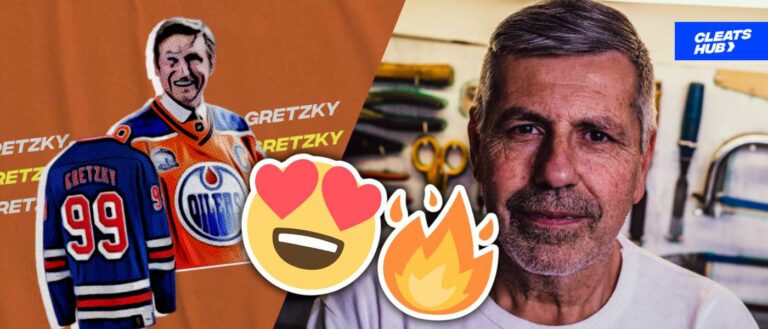How Do You Know If Your Ice Hockey Skates Need Sharpening?
A healthy sport that elevates your mood and offers you energy is ice skating. To be safe, both novices and specialists must be knowledgeable about all facets of skate sharpening. These extensive replies to frequently asked questions about sharpening skates may be found below.
How To Sharpen Your Ice Hockey Skates
Step 1:
Look at your hockey skates’ bottoms. The blades have two edges with a hollow between them rather than simply one, as you will see (like a knife). When the blades pass the grinding wheel, this shape is created (the finishing wheel).
Step 2:
The bottom of your blade seems to be rounded after you run it beside the wheel. You can see that the cross-sectional edge is rounded and resembles a piece of a circle if you divide the wheel into two semicircles.
Step 3:
Your skate has a jig with a finishing wheel aligner connected. The blade should cross the finishing wheel ten times before the edges are suitably sharp and the bottom is entirely hollowed out.
Occasionally, a second wheel, known as a cross-grinder, is employed before the finishing wheel to prepare the blade for finishing. It travels parallel to the blade, unlike the finishing wheel, with the intention of dulling and flattening it.
When a blade has to be “reset” to a fault-free state, it is mostly because of defects such as poor sharpening, rust, or burrs. It is also applied prior to the initial sharpening of the skates.
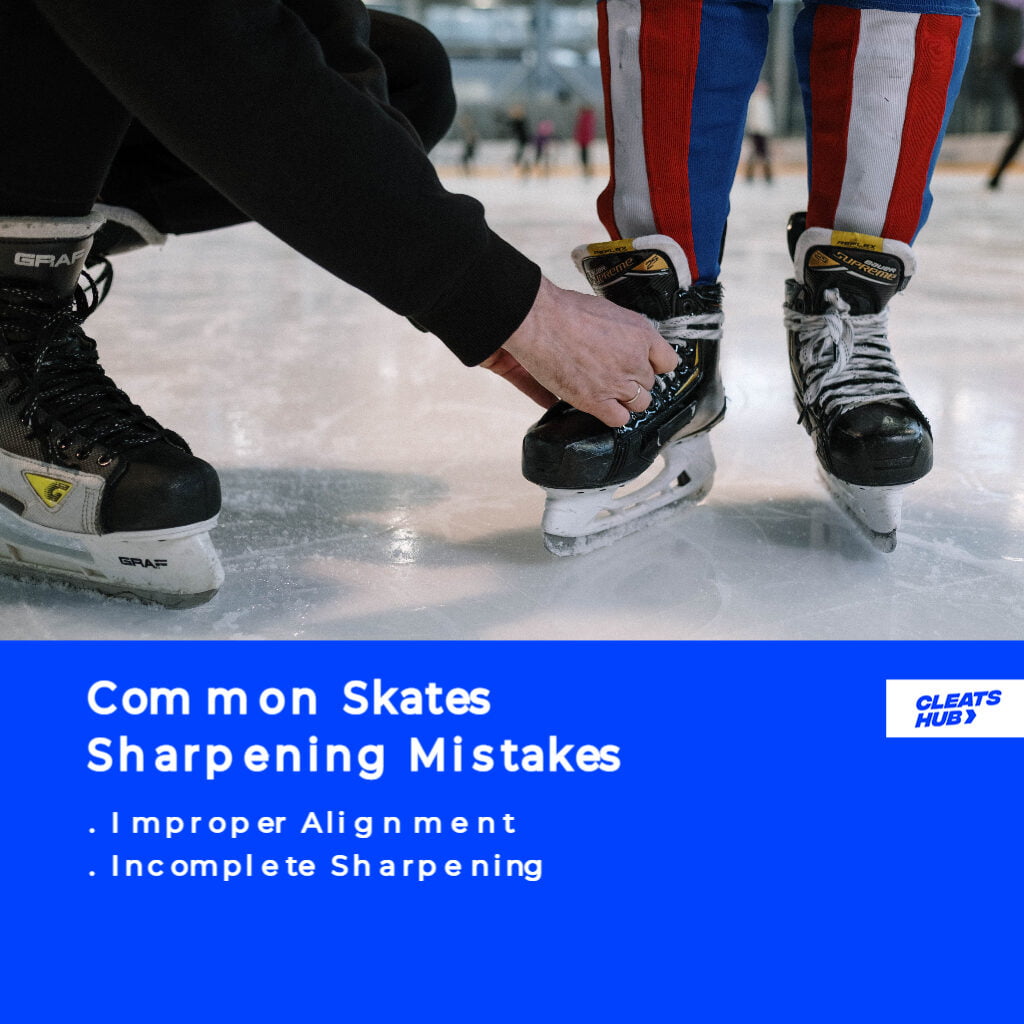
How Often Should Ice Hockey Skates Be Sharpened?
This varies depending on the individual. If you want to play hockey, you should know that certain hockey players and professional skaters need to periodically sharpen their skates, frequently after two or three hours on the ice. Some individuals choose to practice skating year-round.
If you’re uncertain about how regularly you should sharpen your skates, try skating for around ten hours, and then trust your instincts. If you start to sway or lose control of your skates, it’s time. After a little experience, you’ll become used to your sharpening frequency.
In addition, when the temperature drops, the ice becomes harder (as on outdoor skating rinks). This is detrimental to the sharpness of the hockey skate blades, tiles, metal sills, and uneven ice, among other things. You might consider sharpening your skates more after skating in these circumstances since dull skate blades can lead to falls and mishaps.
Do Ice Hockey Skates Come Sharpened?
If you recently purchased your skates, the blades have a certain profile radius. However, this radius varies across different skate models. Many believe that the blade’s factory profile is perfect for the majority of users. Why not take advantage of the scenario even if the production profile produces satisfactory results?
Put a coin or other flat object on top of the blade to see if it is perfectly sharpened. Another approach is to scan the length of your blade; you could notice that one edge is higher than the other.
What Are The Common Sharpening Mistakes To Watch Out For?
Following a sharpening, there are two primary issues that might arise. Although it is hardly the end of the world, getting them re-sharpened would be the best remedy.
Improper alignment is the first important problem. One edge becomes higher than the other when the skate blade is improperly aligned with the grinding wheel. You’ll receive a nice bite if you turn or stop in one direction, but if you go the other way, you’ll want to get away.
When the skates are not fully sharpened, this leads to the second skate-sharpening error. This suggests that they were partially hollowed out but just cross-ground. Once the cross-grind flattens it, the sharpener has to repeatedly pass the blade over the finishing wheel to regain its sharpness. It will be a bit challenging for your skates to push, turn, or stop.
Look at the bottom of the blade to spot this error. Two thin lines with slightly varied shine or colors go along the edges. The skates were not correctly aligned and were not totally sharpened if you see this on the edge of one of the blades.
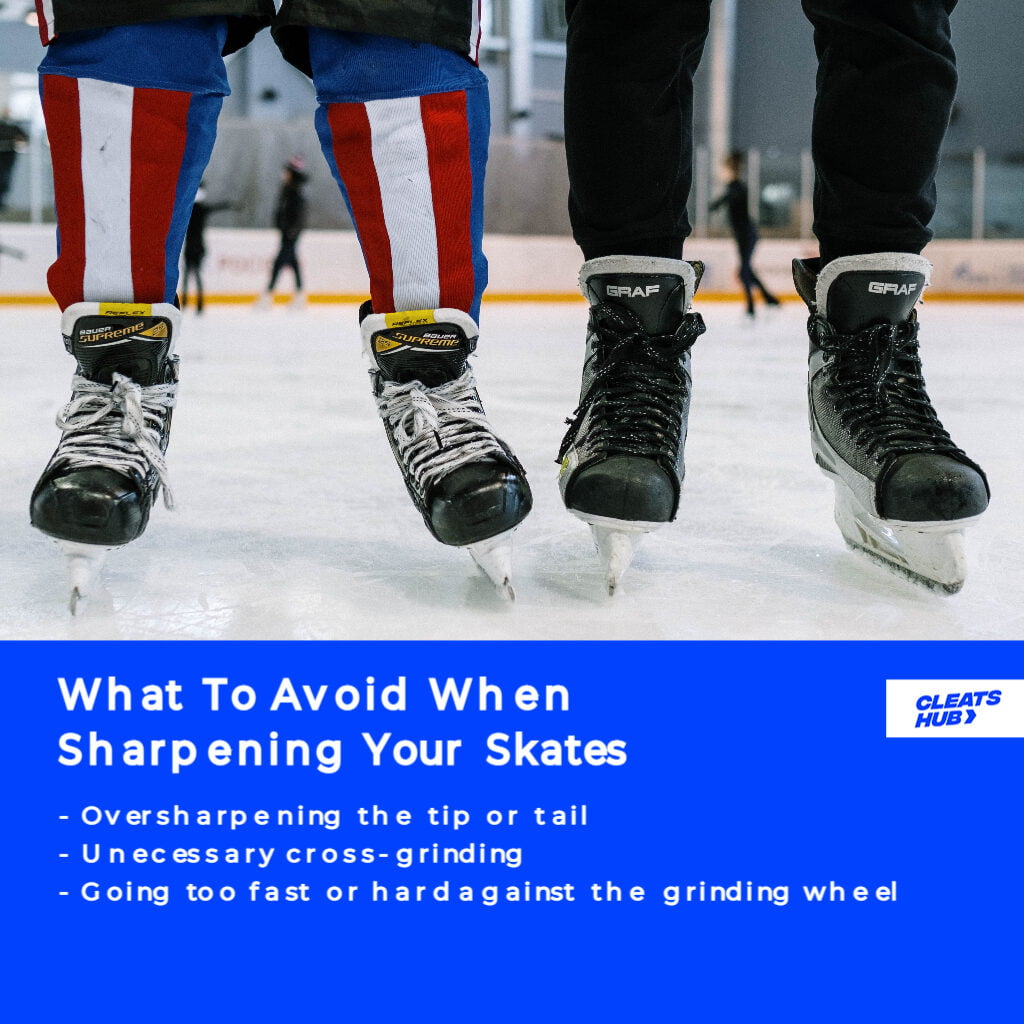
Final Tips
Even with a few small sharpening errors, skating is still feasible, but it will be obvious that your hockey store doesn’t put much work into this. Next time, you’ll choose more carefully where to take your skates for sharpening.
These minor problems include:
- Your hockey skate will have a “banana” appearance from over-sharpening the tip and/or tail, which will cause the skate to be unbalanced and the blade to have insufficient support.
- Cross-grinding that is not required reduces blade life.
- A blade can develop burrs and rough areas on the edges or become discolored and somewhat uneven by being rubbed against the sharpening wheel too quickly or vigorously.
Without reluctance, experiment with different hollow radii and sharpening techniques. After all, each one has particular advantages and disadvantages. You can always get assistance from a trustworthy sharpener behind the counter. Also don’t be afraid to do your own research from reliable websites like Cleatshub.
Psstt…. The Top Performing Cleats


